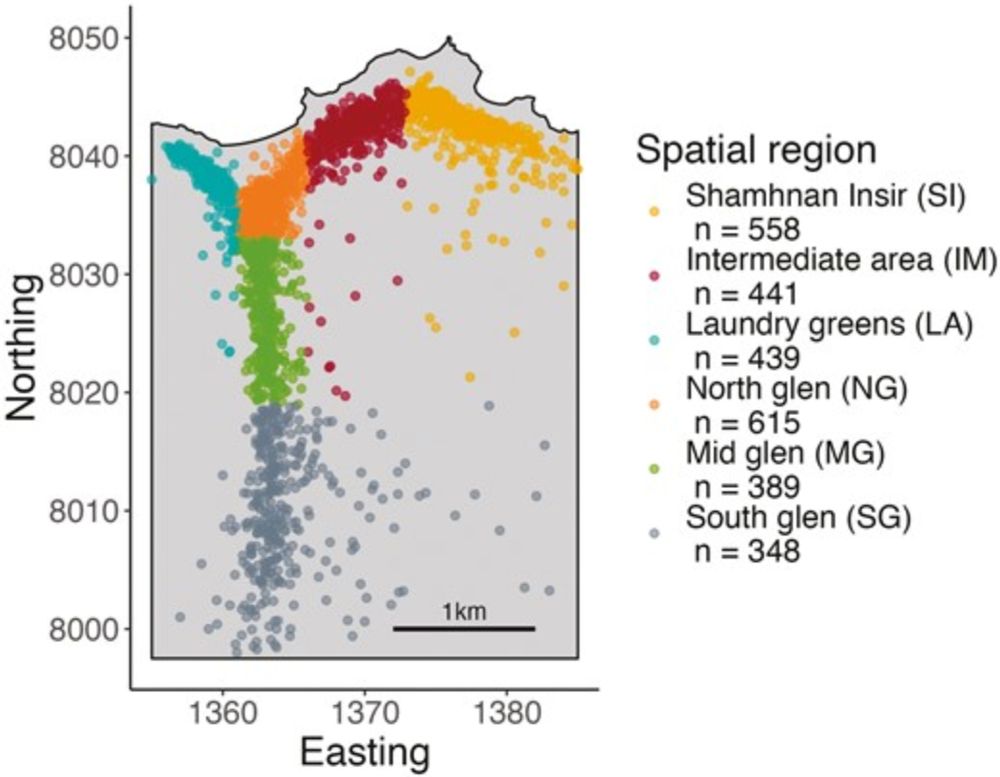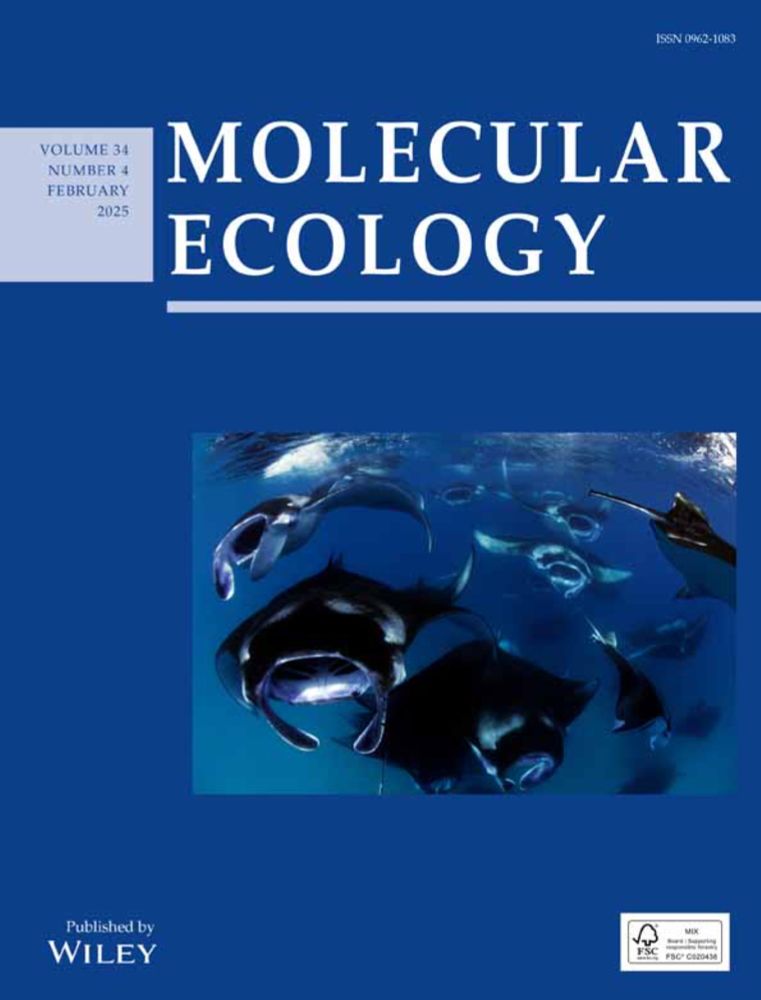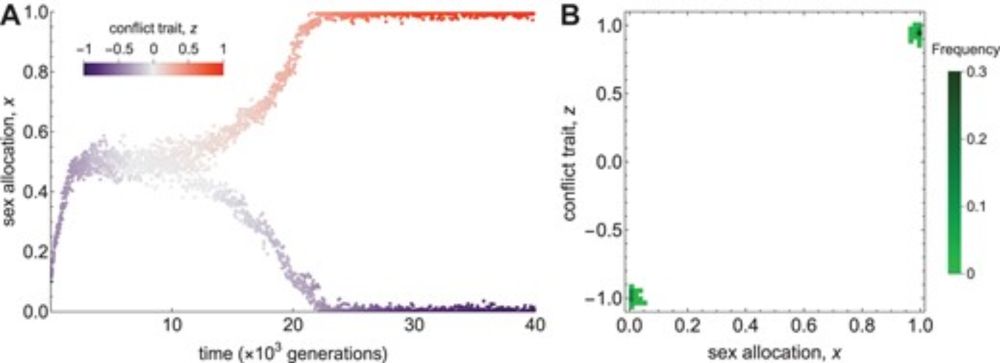Anna Hewett
@annamhew.bsky.social
190 followers
170 following
8 posts
Post-doc at UNIL | Inbreeding depression and quant gen in wild populations 🦉🦌 .. occasionally dabbling in popgen | Happiest when gallivanting outside 🏃♀️🏊♀️🚴♀️🏔 | She / her
Posts
Media
Videos
Starter Packs
Pinned
Anna Hewett
@annamhew.bsky.social
· Aug 25
Reposted by Anna Hewett
Hui Zhen Tan
@huizhentan.bsky.social
· Sep 3

High Imputation Accuracy Can Be Achieved Using a Small Reference Panel in a Natural Population With Low Genetic Diversity
Genotype imputation, the inference of missing genotypes using a reference set of population haplotypes, is a cost-effective tool for improving the quality and quantity of genetic datasets. Imputation...
onlinelibrary.wiley.com
Reposted by Anna Hewett
Anna Hewett
@annamhew.bsky.social
· Aug 25
Reposted by Anna Hewett
Reposted by Anna Hewett
Reposted by Anna Hewett
Reposted by Anna Hewett
Reposted by Anna Hewett
Anna Hewett
@annamhew.bsky.social
· Jan 13
Anna Hewett
@annamhew.bsky.social
· Jan 13
Anna Hewett
@annamhew.bsky.social
· Jan 13
Anna Hewett
@annamhew.bsky.social
· Jan 13

Fine-scale spatial variation in fitness, inbreeding, and inbreeding depression in a wild ungulate
Abstract. Environmental stress can exacerbate inbreeding depression by amplifying differences between inbred and outbred individuals. In wild populations,
doi.org








